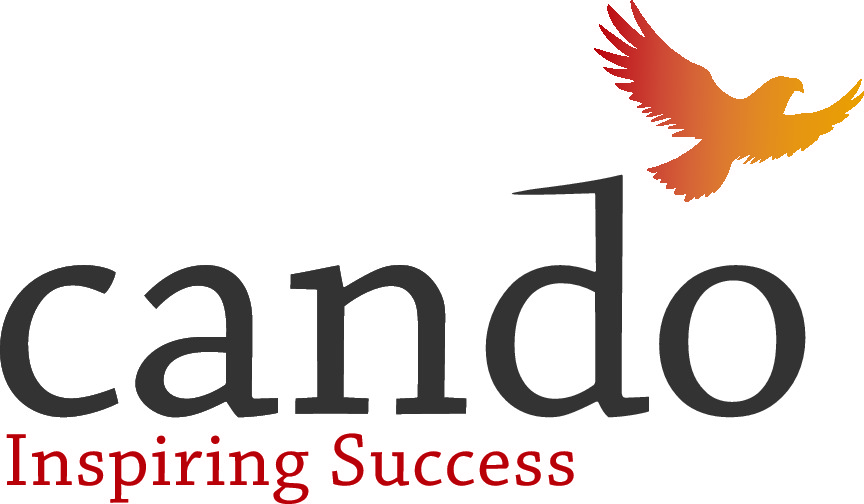Indigenous Values And Contemporary Management Approaches
DOI:
https://doi.org/10.29173/jaed242Downloads
References
Alfred, T. (2005). Wasase. Indigenous pathways of action and free dom. Peterborough: Broadview Press.
Alfred, T. (1999). Peace, power, righteous ness: an indigenous manifesto. Don Mills, ON: Oxford University Press.
Atleo, R. (2004). Tsawalk: A Nuu-chah-nulth Worldview. Vancouver: UBC Press.
Campbell, M. (1997, October). Ojibway elder. Personal communication at Strong Earth Woman’s Lodge in Manitoba.
Dockstator, M. (June 1993). “Towards an understanding of Aboriginal self-government: A pro posed theoretical model and illustrative factual analysis”, doctor of jurisprudence the sis, York University, Toronto (as cited in RCAP, Volume 1, 1996).
Findlay, I., and W. Wuttunee. (2006). “Measuring success of Aboriginal women’s Community Economic Development,” submitted for publication to “Quality of Life of Aboriginal People” program for the Institute for Research on Public Policy.
Friedman, B. (2005). The moral consequences of economic growth. New York: Alfred A. Knopf.
Jackson, I., and J. Nelson, (2004). Profits with principles: seven strate gies for deliv er ing value with values. S.A.: Doubleday.
Lendsay, K., and W. Wuttunee. (1997). “Historical economic perspectives of Aboriginal peoples: cycles of balance and partnership”, in CANDO/Royal Bank of Canada Symposium, Cost of Doing Nothing: A Call to Action, Toronto, Ontario. Toronto (Available from The Royal Bank of Canada, Royal Bank Plaza, Toronto, ON, M5J 2J5).
Loizedes, S., and Anderson, R. (2006). Growth of Enterprises in Aboriginal Communities. Canada: Conference Board of Canada.
Mandeville, B. Fable of the Bees: or, Private Vices, Publick Benefits (1714), ed. by F.B. Kaye (Oxford: Oxford Uni ver sity Press, 1924).
Meeches, L. (2006). Entrepreneur. Personal communication in Winnipeg, Manitoba.
Monroe, G. (2006) “Political evolution in the Aboriginal community”, Native Studies Colloquia. Winnipeg: University of Manitoba.
Newhouse, D. (1999). “Aboriginal peoples meet the borg of capitalism” Journal of Aboriginal Economic Development, 2(1): 75–82.
Newhouse, D. (1993). “Modern Aboriginal economies: capitalism with an Aboriginal face”, in National Round Table on Aboriginal Economic Development and Resources, Sharing the Harvest: The Road to Self-Reliance, National Roundtable on Aboriginal Economic Development and Resources, pp. 90–100. Ottawa: Royal Commission on Aboriginal Peoples.
Peters, E. (2006). First Nations and Metis People and Diversity in Canadian cities. Montreal: Institute for Research on Public Policy.
Porter, M., and Kramer, M. (2006, December). “Strategy and society: the link between competitive advantage and corporate social responsibility”, Harvard Business Review, 84(12): 78–112.
Royal Commission on Aboriginal Peoples. (1994). Looking forward: looking back, 1. Ottawa: Canada Communication Group.
Salway Black, S. (1994). Redefining success in community development: a new approach for determining and measuring the impact of development. The 1994 Richard Schramm Paper on Community Development: The Lincoln Filene Centre.
Savitz, A., and K. Weber, (2006). The triple bottom line. San Francisco: John Wiley & Sons, Inc.
Smith, A. (1776). An inquiry into the nature and causes of the wealth of nations, ed. by E. Cannan, Chicago: University of Chicago Press.
Turner, P. (2006). Entrepreneur. Personal communication in Winnipeg, Manitoba.
Wuttunee, W. (2004). Living Rhythms: Lessons in Aboriginal Economic Resilience and Vision. Montreal: McGill Queen’s University Press.
Downloads
Published
Issue
Section
License
Copyright (c) 2007 Cando

This work is licensed under a Creative Commons Attribution-NonCommercial-NoDerivatives 4.0 International License.




